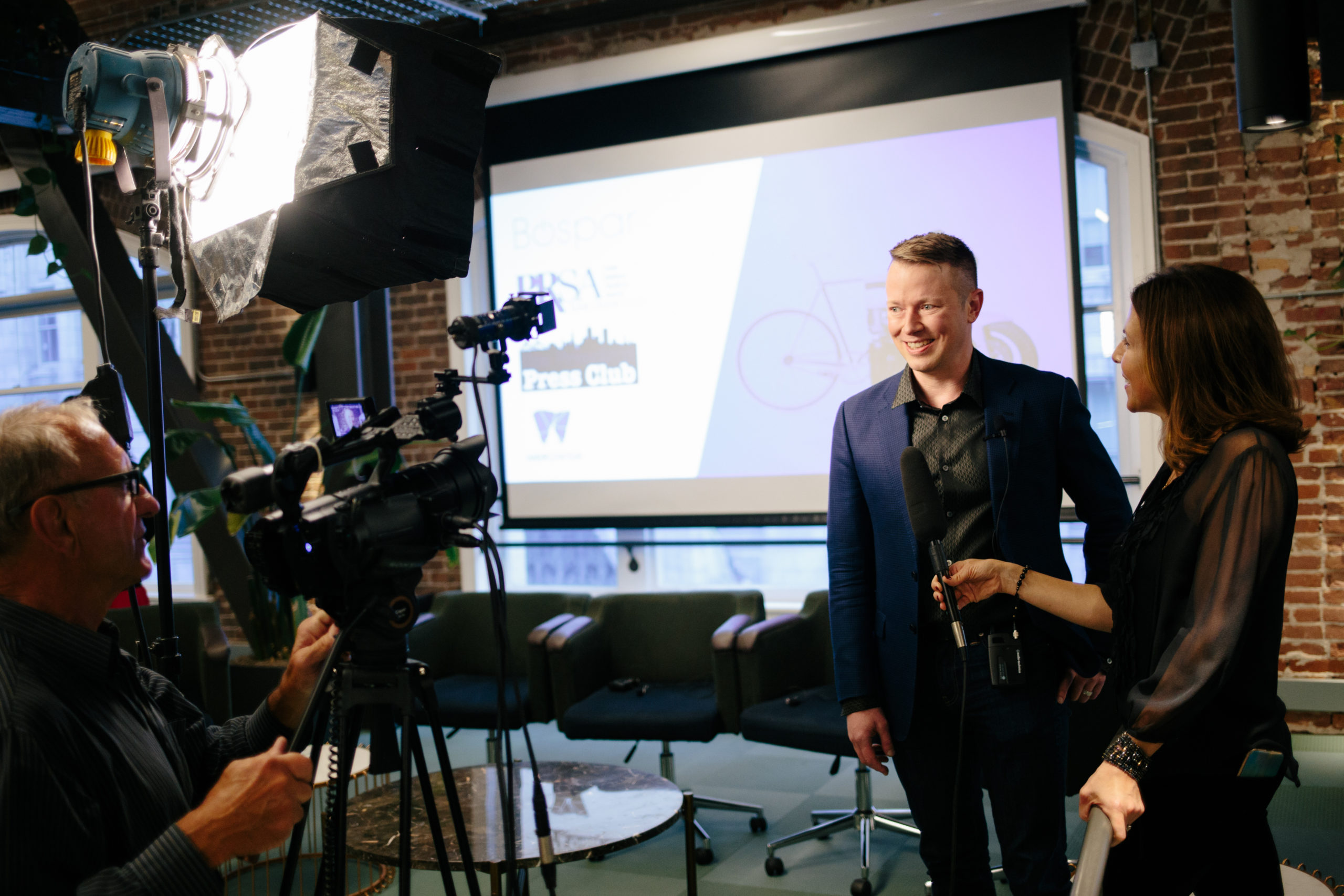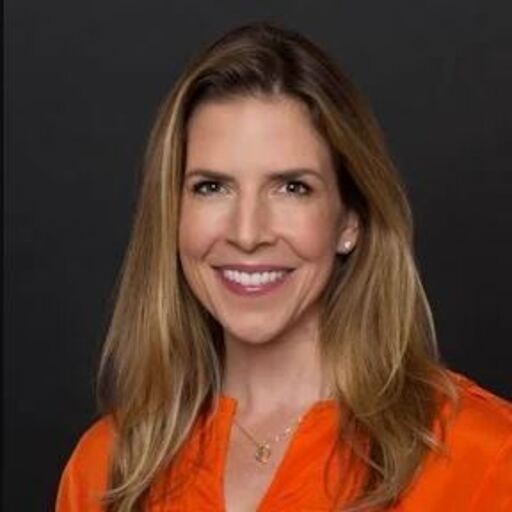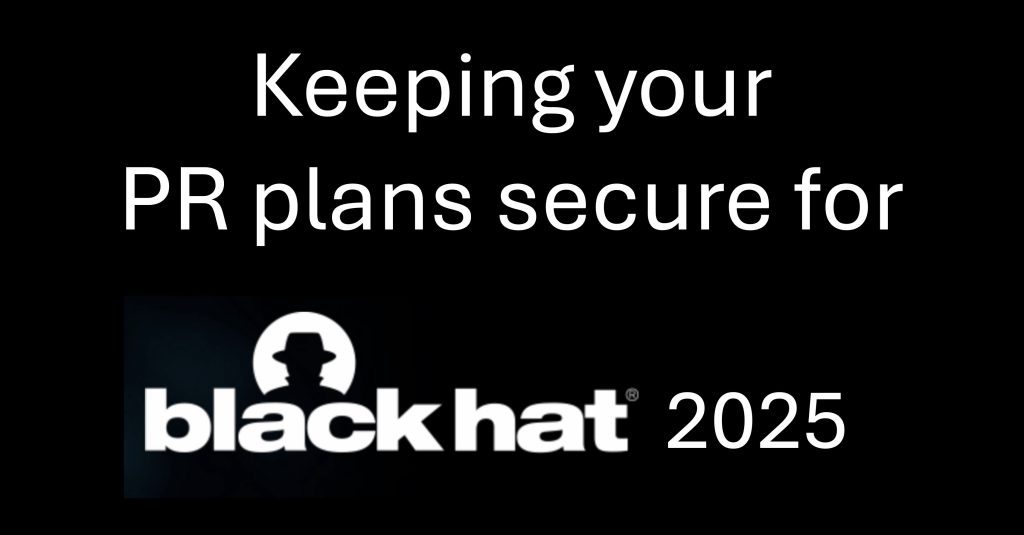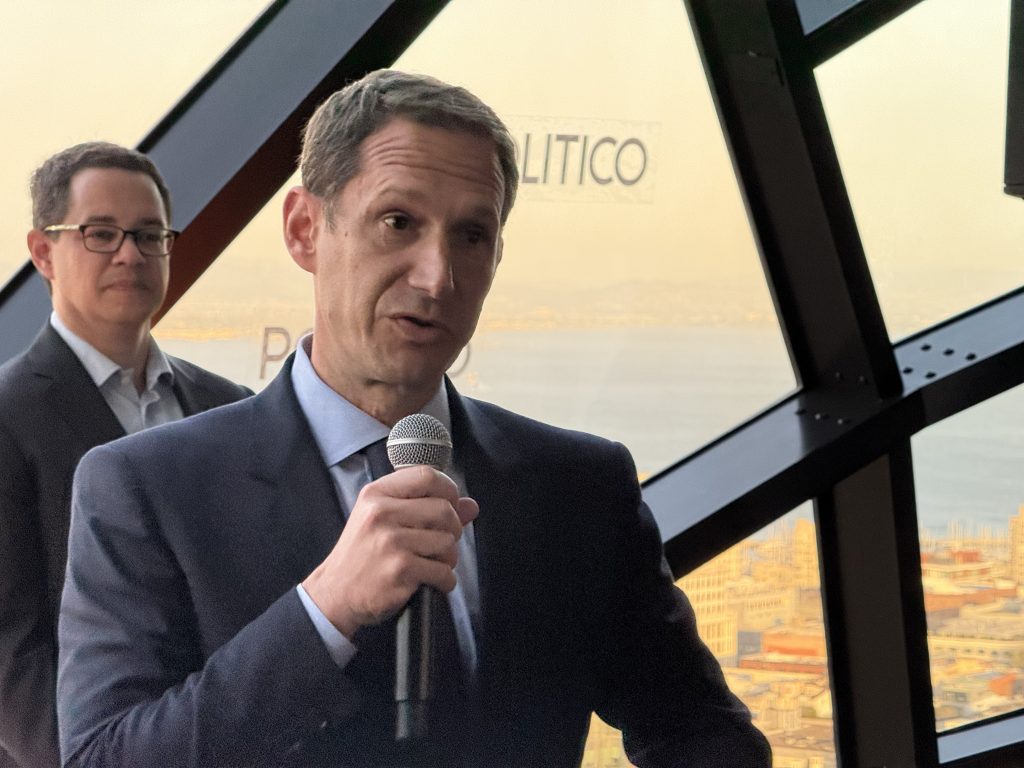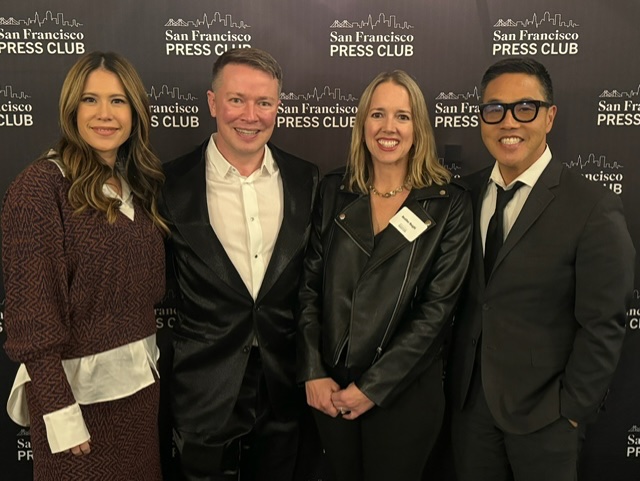There’s a secret to making media training work, and it happens before we ever turn on a camera.
Clients often request media training at a high level and want to practice general messaging. This can be helpful, certainly. Practice is beneficial. But it’s not the optimal approach. You are skipping ahead.
The secret to making the most of your media training is to determine your key messaging before you start.
Practicing your key messaging is the most effective way to prepare for an interview.
Another way to look at it is when a professional golfer plays a practice round in advance of a tournament. Sure, it’s good practice, but it is not as valuable as playing the actual course in advance. You are practicing your swing, yes, but you are not getting a sense of the length and depth of the fairway, the bunker placement or how the greens play.
Practicing your key messaging is like playing the actual course.
Determining that one key message can be hard. It is an important sentence.
That one sentence encapsulates what you want to communicate about your company or announcement.
That one sentence becomes the North Star of your media training. It is how you will measure the effectiveness of your interview. In the end, what matters is whether you communicated your key messaging.
How do you boil everything down to one sentence?
Start with these three steps:

The key message will convey what you want to say and do so in a way that is appropriate for your audience. Finally, it gives your audience the information necessary to act on your goal.
With key messaging, media training then becomes about practicing how you communicate your key message in different scenarios, in response to different questions and by using different supporting points.
It is not uncommon for an executive to bypass this step and plunge headlong into the training.
But here’s the thing: if you haven’t thought about what you want to communicate and to whom and what you want them to do as a result of your interview, how do you know if you were successful?
You don’t.
One executive recently said their approach to media interviews is akin to the quote by Greek physician Hippocrates: “First, do no harm.”
This statement probably reflects how a lot of people feel about media training.
Interviews can be scary, especially for founders and high-level executives, because it puts them in a position they may not be familiar with; they don’t have control of the situation. They are being questioned, possibly even challenged. They may have an uncontrollable and embarrassing physical response or may worry they won’t have all the answers. The stress alone is enough to make lots of people nervous and sweaty!
The good news is that it doesn’t have to be that way.
You can take control of the interview.
By determining in advance what you want to say, who you are saying it to, and what you want them to do and then practicing it…bam! You take back control.
Then, your time spent media training becomes focused on practicing how you are communicating and learning how to navigate certain situations to get your message across. You will build confidence knowing you are in the driver seat of the interview; you know where you are going, and you have a number of ways to get there. It’s a game-changer.
While nonmaleficence is understandable, it shouldn’t be the goal!
Knowing the secret to effective media training gives you the opportunity to make your interview do so much more.
